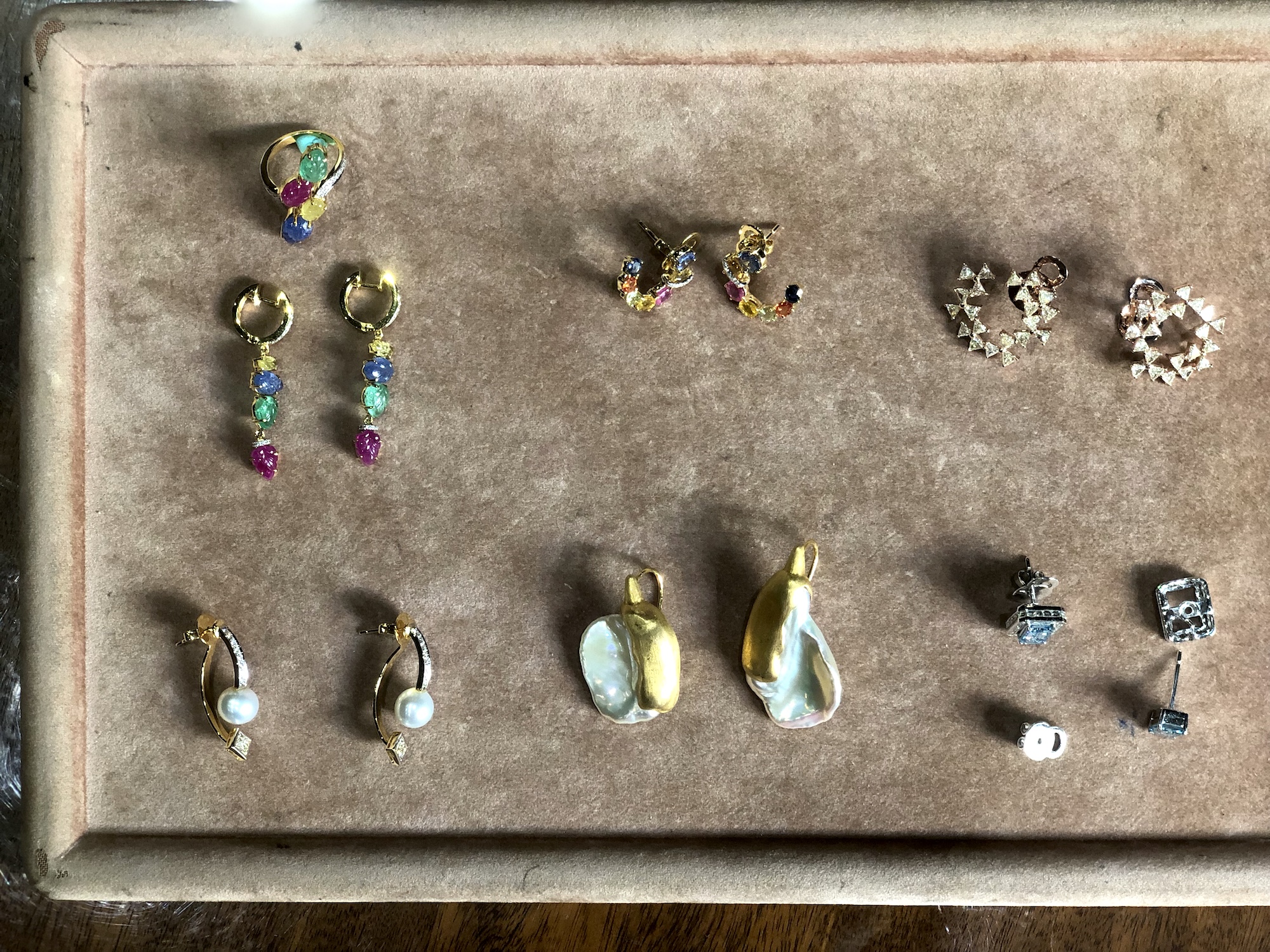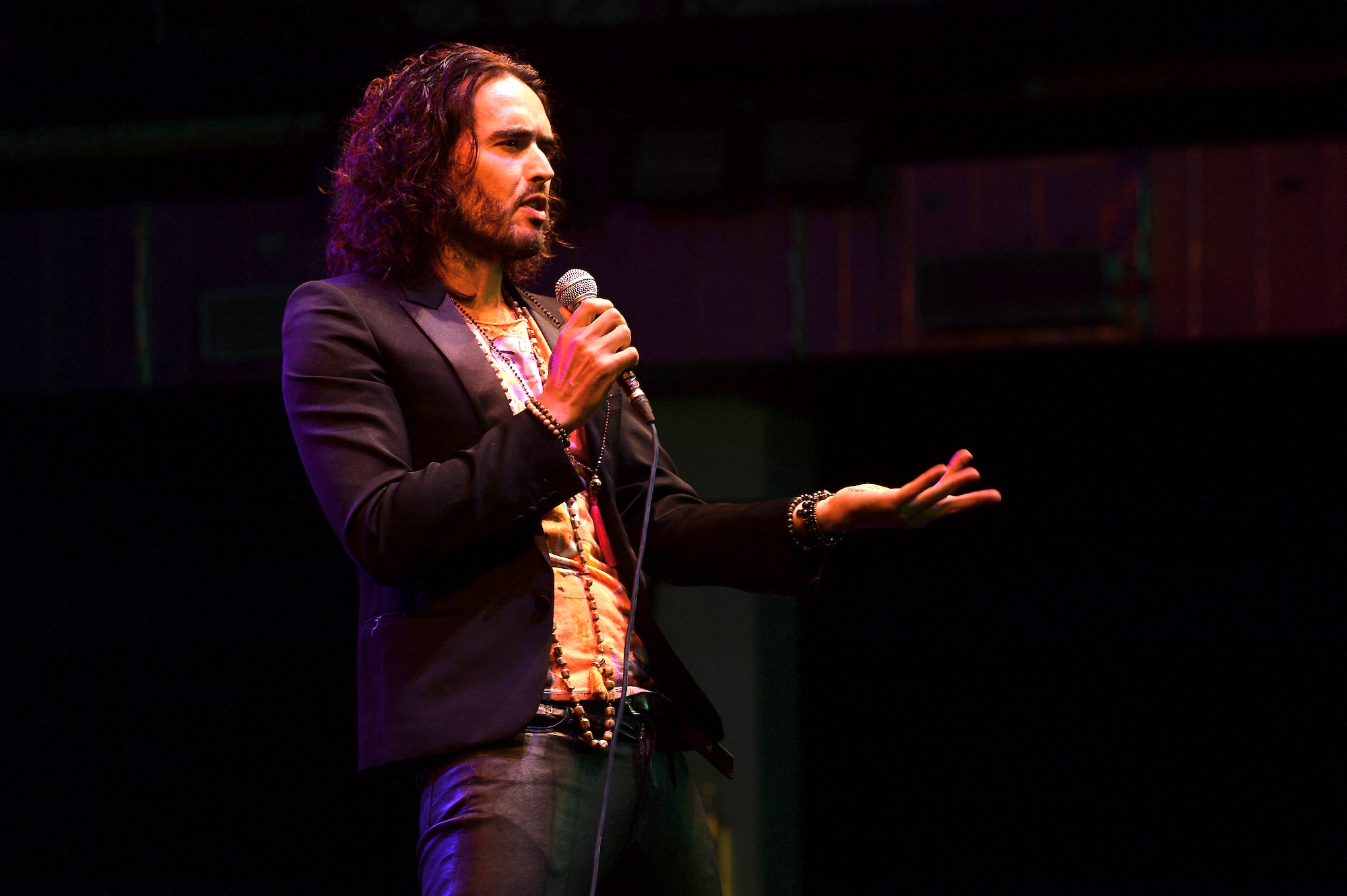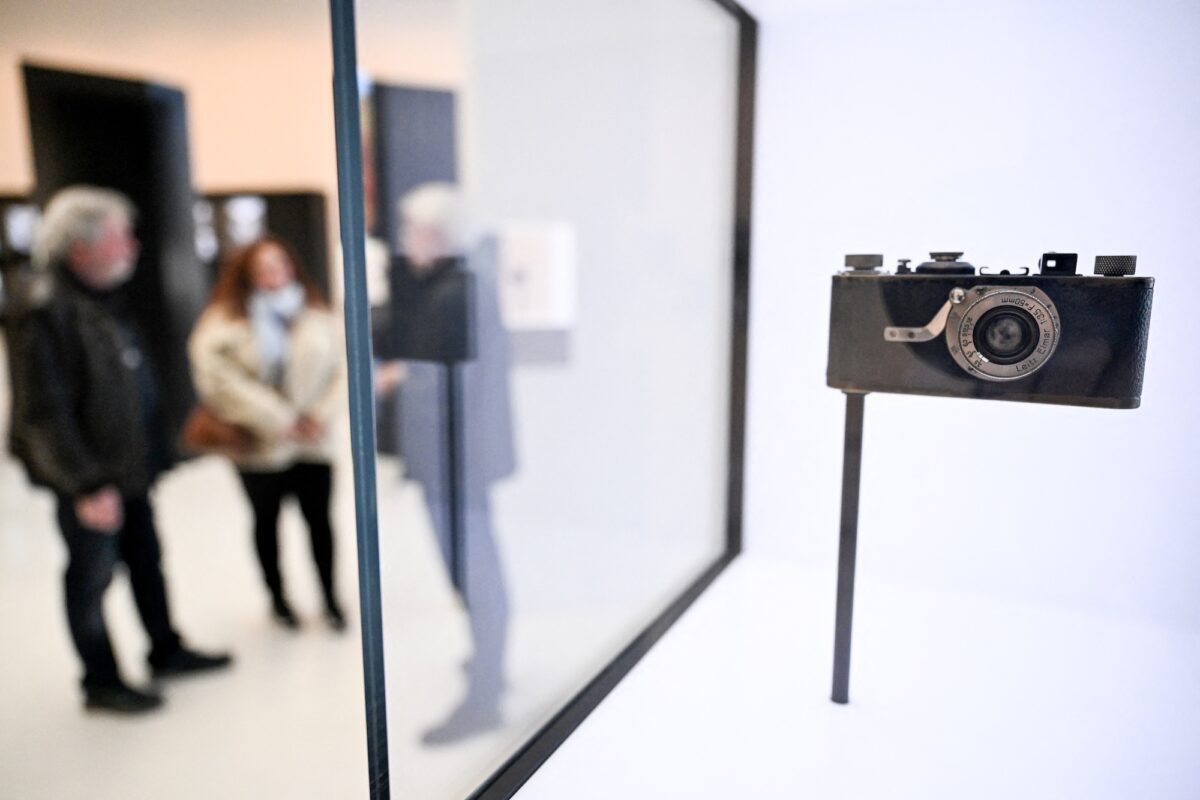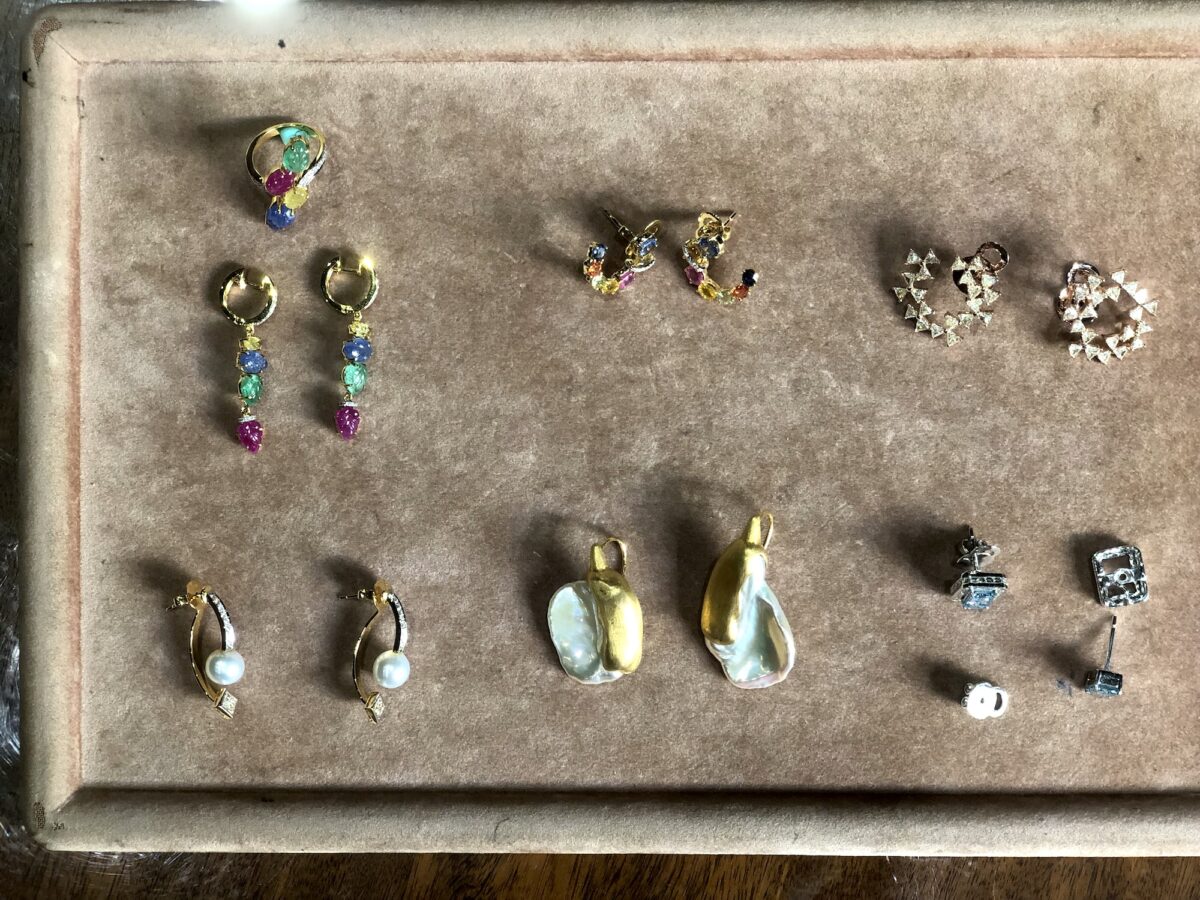Stem cell therapy is the star of cutting-edge medical technology. We’ve read about stem cell therapy but are confused about how it really works and why this special therapy should be considered for future use.
Every time the body is exposed to stress (i.e., a body part is injured), stem cells are automatically released to respond to the problem. Their mission is to repair and regenerate damaged cells. This is a biological event that alerts stem cells found in the blood, bone marrow adipose fat, brain, to take immediate action.
And whether one is sick (as in down with flu) or emotionally traumatized, stem cells still do their job of neutralizing and fixing the imbalances within the body.
However, when a person has a serious medical challenge, there may not be enough stem cells available to do the serious job of healing.
In short, available stem cell supply may not be effective to create a life-changing/saving impact.
The question is: How does one get enough stem cells in generous quantities to cause major healing?
There are methods used by clinics here and abroad to mobilize an army of stem cells. A chat with Dr. Samuel Bernal (tel. no. 9881000 loc. 6307/6551) proved enlightening as he said that stem cell mobilization is now no longer an impossibility, but a reality.
Daily habits matter
What you do every day can stimulate or delay stem cell activity.
1. Leafy greens—eat as much vegetables as you can, such as kangkong, pechay, broccoli, malunggay.
2. Reduce consumption of red meats and fatty foods. They can cause free radical damage to the body.
3. Control the sweets—sugar can compromise the immune system. Choose dark chocolate over milk chocolate. The former has more antioxidants.
4. Curry. Curcumin found in curry/turmeric stimulates stem cells naturally. It has anti-cancer properties.
5. Fruit galore—fruits in general are good for you, so load up on them.
6. Green tea. It improves stem cell activity and boosts the immune system.
7. Avoid smoking. It damages every cell of the body.
8. Exercise daily. It promotes circulation and encourages new cell growth.
9. Stress-free lifestyle. While one cannot avoid stress, it can be managed. Take up yoga, tai chi, have massages, visit a spa.
10. Get adequate sleep. There is nothing like six to eight hours of sleep to stimulate stem cells.
What’s new
1. Molecular profiling
The tests are used to identify genes and other biomarkers of disease to predict a patient’s response to treatments including drugs and other therapies.
2. Individualized chemotherapy
The most effective chemotherapeutic agents will be selected and administered by a medical oncologist or hematologist based on the result of molecular profiling.
3. Targeted biotherapy
This makes use of biomolecules specifically selected to interfere with the growth of a patient’s cancer cells and fight drug resistance that may result from chemotherapy.
4. Adaptive immunotherapy
This activates the body’s immune system to fight cancer or treat various autoimmune diseases.
There are two types of adaptive immunotherapies:
Dendritic cell therapy—employs specialized immune cells found in the blood stream to recognize the patient’s own cancer cells, seek these out and destroy them.
Marrow stromal cell—regulates a patient’s immune response in the treatment of lupus, rheumatoid arthritis and other autoimmune disorders.
5. Stem cell transplant
Conventional hematopoietic stem cell transplants involve the infusion of cells without being engineered into the patient to permit the administration of potentially lethal doses of therapy to induce remission and cure tumors.
Anti-leukemic stem cell transplants involve the infusion of cells that have been engineered to kill leukemic cells.
Stromal cell transplant use processed stromal cells, which are generally harvested from the bone marrow to preserve, repair or enhance functions of the target organ.
Vascular stem cell transplants use endothelial progenitor stem cells to treat patients with microvascular disease including stroke, dementia and diabetes.
6. Umbilical cord services
These comprise the collection of processing, expansion and storage of the whole umbilical cord and cord blood as a rich future source of stem cells and other biomaterials.
Today’s affirmation: “I believe!”
Love and light!
(Reference: Frequently Asked Questions brochure of the Institute of Personalized Molecular Medicine, The Medical City)













































